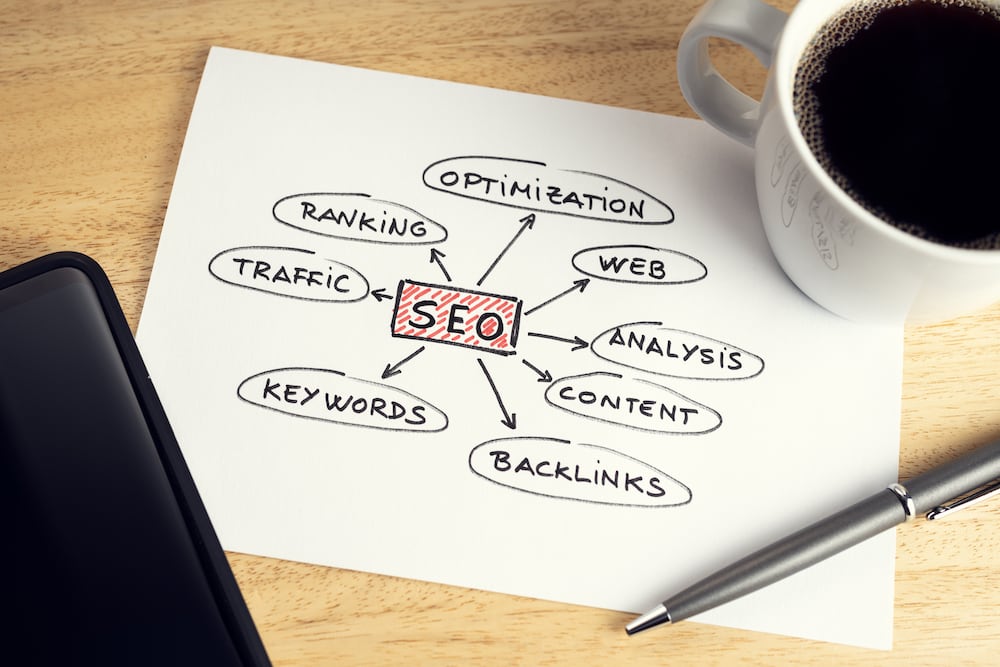Low content pages can negatively impact your website’s search engine rankings in today’s digital age, where businesses and websites are constantly competing for the top spot. SEO plays a crucial role in this competition as it helps attract more organic traffic. However, the quality of a website’s content is often overlooked. A page with low content lacks sufficient information, which can harm your visibility. This article will delve into the significance of low-content pages for SEO and provide tips on identifying and optimizing them for better search engine visibility.
What is a low content page
Low-content pages are pages on a website that lack sufficient information and value for users. These pages may include little more than a single image, a few lines of text, or duplicate content. Low content pages can be detrimental to your website’s search engine rankings, as they may be seen as unimportant or irrelevant by search engines.

Why does a low-content page matter for SEO
A low-content page matters significantly for SEO because search engines, like Google, prioritize content quality when ranking websites. If a page lacks substantive, valuable information, it’s considered ‘low-content’. This can negatively affect your site’s SEO performance, as search engines may view it as less relevant or helpful to users. Consequently, your site might not appear in top search results, leading to decreased visibility and less organic traffic.
Moreover, low-content pages can increase your site’s bounce rate, as visitors are likely to leave quickly if they don’t find the information they need. Therefore, identifying and improving low-content pages is crucial for enhancing your site’s SEO and overall user experience.
Also read,
Social Media Is Critical For SEO: How To Use It To Rank Higher
How to identify low-content pages
Identifying low-content pages can be done by using website analysis tools such as Google Analytics, Ahrefs, SEMRush, or Moz. These tools can provide data on your website’s average page dwell time, bounce rate, and the number of pages that receive no organic traffic. Once you have this data, you can then determine which pages on your website may need to be optimized or revised to provide more value and information to users.

How to optimize low-content pages
Optimizing low-content pages involves adding more information, images, videos, or other forms of media to increase their value and relevance to users. Here are a few steps you can take to optimize low-content pages:
- Add Unique and Relevant Content: Adding unique and relevant content to low-content pages is the first step in optimizing them. This could include text, images, videos, or other forms of media that add value to the page and provide information to users.
- Improve User Experience: Improving the user experience of low-content pages can also help increase their value and relevance. This can be done by using clear and concise text and high-quality images, ensuring that the page is easy to navigate and read.
- Incorporate Keywords: Including relevant keywords in the page content can help search engines understand the purpose and relevance of the page, and may result in better search engine rankings.
- Optimize for Mobile: Optimizing low-content pages for mobile devices can also improve their value and relevance. This includes making sure the page is responsive and easy to navigate on smaller screens, and that all images and videos are optimized for mobile devices.
- Monitor Performance: Regularly monitoring the performance of low-content pages can help you determine if your optimization efforts are paying off. You can use website analysis tools to monitor changes in average page dwell time, bounce rate, and organic traffic to see if the changes you’ve made have had a positive impact.
In summary
Low content pages can hurt your website’s search engine rankings, as they may be seen as unimportant or irrelevant by search engines. By identifying and optimizing low-content pages, you can improve their value and relevance to users, which may lead to better search engine rankings and more organic traffic. Whether you’re just starting with SEO or looking to improve your website’s performance, taking steps to optimize low-content pages is a must. By focusing on providing high-quality, relevant content, you can help ensure that your website is optimized for both users and search engines, resulting in better search engine visibility and more organic traffic.
FAQs
What is the difference between a low-content page and a thin-content page?
A low-content page is a page that lacks sufficient information or value for users, while a thin-content page is a page that has very little content and may be seen as lacking relevance by search engines. Both types of pages can negatively impact your website’s search engine rankings.
How many words should a low-content page have to be considered optimized?
There is no set number of words for an optimized low-content page, as the amount of content needed will vary depending on the topic and purpose of the page. However, as a general rule, it’s important to make sure that the page provides enough information and value to users to keep them engaged and prevent a high bounce rate.
Can low-content pages still rank in search results?
Yes, low-content pages can still rank in search results, but they may not rank as well as pages that have more information and value. Optimizing low-content pages can help improve their rankings, but it’s important to remember that search engines prioritize pages that provide high-quality, relevant content to users.






